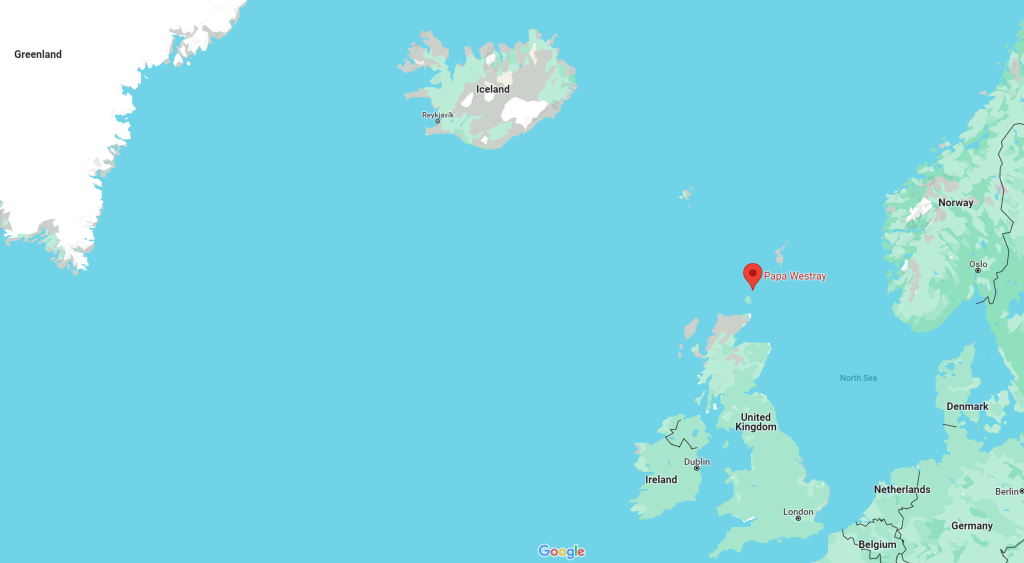No, this isn’t a post that has anything to do with Mediterranean cuisine. Gyro Night refers to an Orcadian folk observance in the Orkney archipelago (part of Scotland today), which seems to be part of the Wild Hunt tradition (and with it connections to the reward/punishment traditions found in the Santa Claus mythos) marking the end of winter and the transition into the preparations for spring in connection to a troll-woman. The folkloric tradition is recorded late, and yet I suspect it’s much older and part of heathen pre-Christian traditions. Traditionally it would have been held at a timing that should somewhat correlate to observances at Imbolc, or Candlemas (and thus in the heathen diaspora timing-wise somewhat analogous to Charming of the Plough/Disting).
The Orkneys were home to both Celtic peoples as well as later settlers from the Norse. So there was some level of syncretization. The oldest permanent settlement in the isles is at the Neolithic Era, Knap of Howar (dated to 3500 BCE) on Papa Westray island. Although there are items found in the archaeological record that date back much, much older. Many modern Orcadians have been found to genetically descend from the Norse who settled the islands in the 8th Century.
Month: February 2024
Hard Knocks – Oaths and Doors
The Forsa Rune Ring (Forsaringen) used to be on the parish church in the Central Swedish Province of Hälsingland. This iron oath ring (17 in / approx. 45 cm wide diameter) has been argued by some to date to the 9th Century, though other scholars argue late Medieval era. Scholar Sophus Bugge, interpreted it as being Christian, but scholar Aslak Liestøl argues that Bugge’s reading of lirþir (clergy) was incorrect, and that the legal inscription should read liuþir (the people), and thus removed the Christian context. Scholar Stefan Brink has provided a more recent 21st century translation, one that points to it being a heathen relic that stipulated what was necessary for cultic practice in maintenance of a holy temple, or the Old Norse vé[1] (or the Old Swedish vi as it appears in the following translation):
Continue reading “Hard Knocks – Oaths and Doors”


You must be logged in to post a comment.